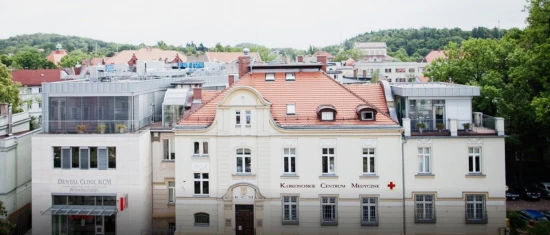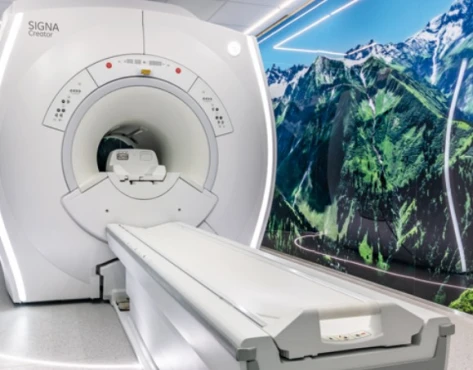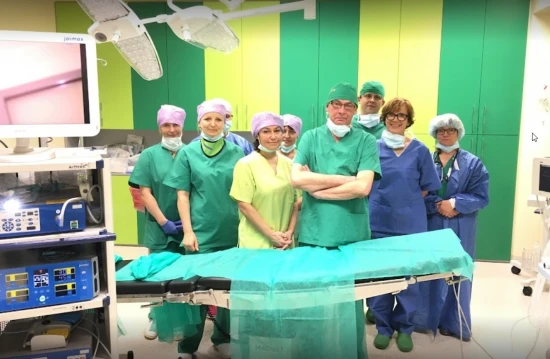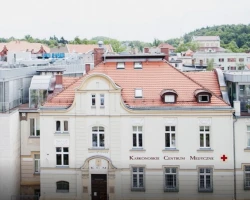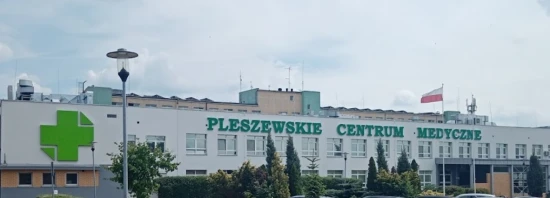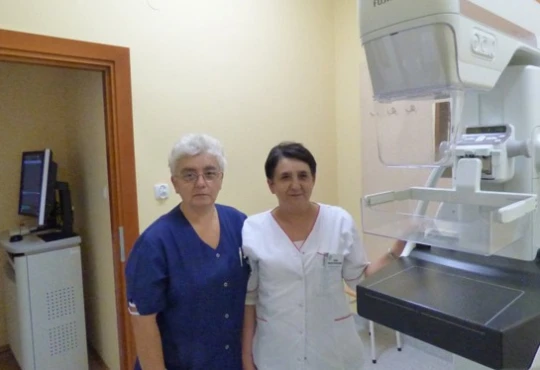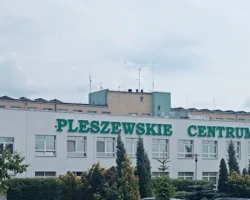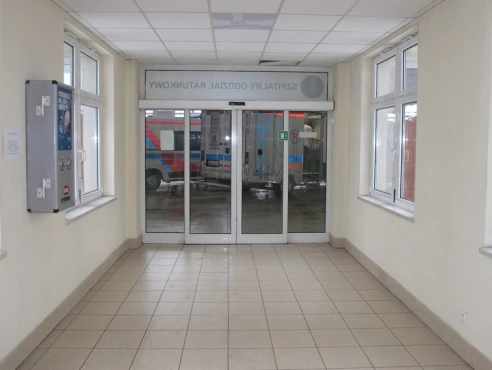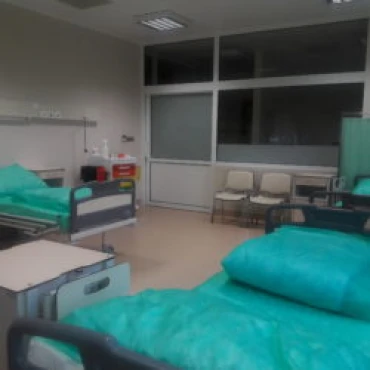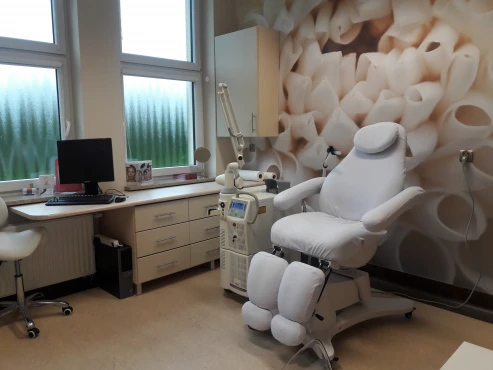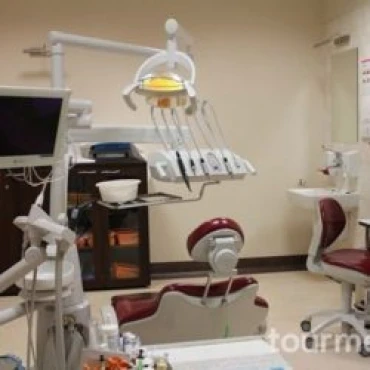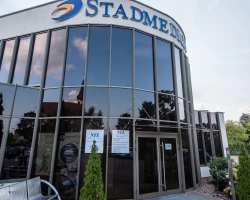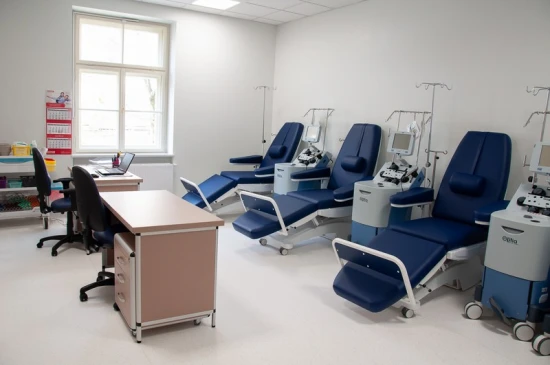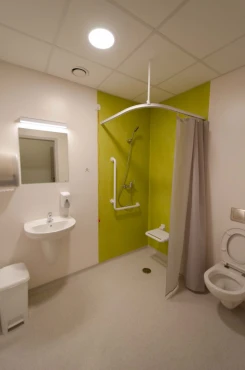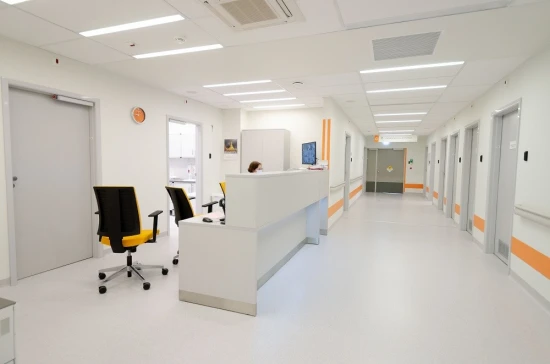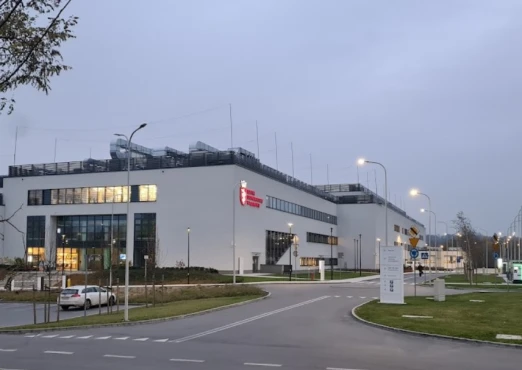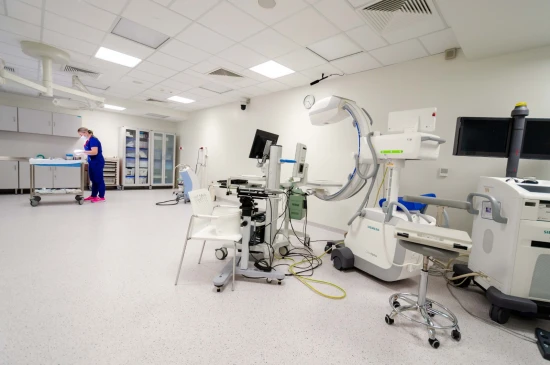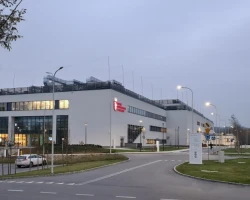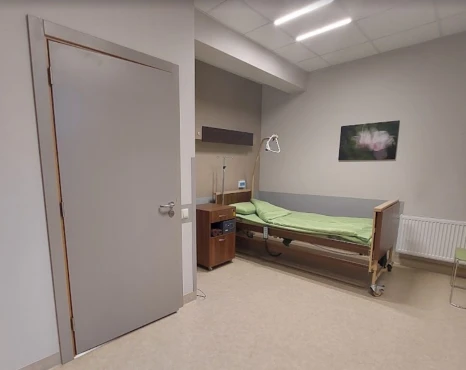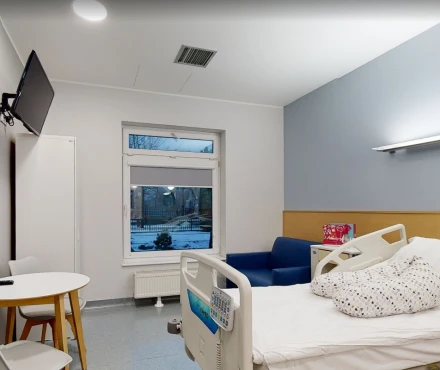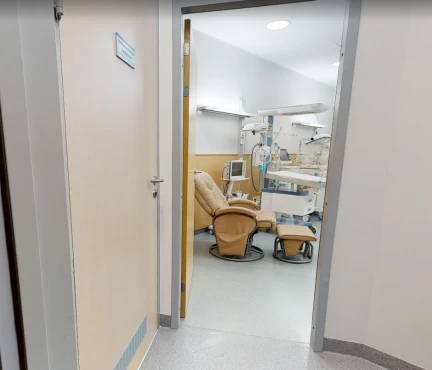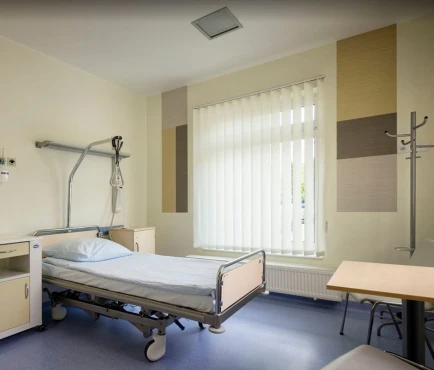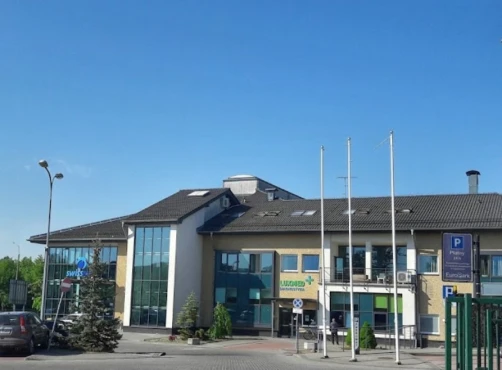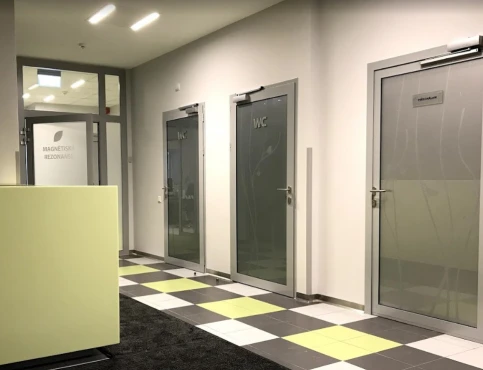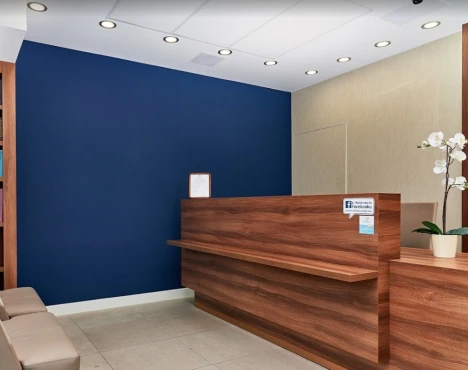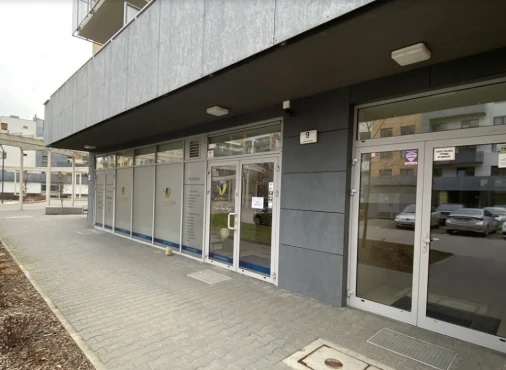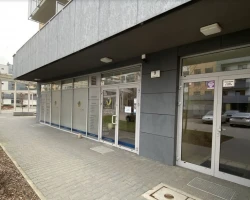Prostate Cancer - Symptoms, Causes, and Treatment
Prostate cancer is the second most common type of cancer in the male population, skin cancer comes first. Most of the time, it is limited to the prostate gland and is slow-growing. In this case, symptom management and correct treatment can eliminate the tumor from your body.
Routine screening helps you to diagnose prostate cancer at an early stage. If the tumor is spreading quickly urgent treatment should be opted.
What is prostate cancer?
It is the abnormal growth of tumor cells in the prostate gland. This gland is a walnut-shaped gland located in front of the rectum and just below the bladder. The function of this gland is to produce seminal fluid that keeps the sperm nourished and healthy for conception.
Prostate cancer is normally slow-growing and highly treatable during the early stages. In some cases, it grows aggressively and starts invading the nearby tissues.
Note: Prostate cancer is sometimes confused with Benign prostatic hyperplasia. The condition in which a benign tumor is formed in the prostate gland. The cell mass in this case is not metastatic. Once removed surgically it is more likely to not develop again.
Symptoms of prostate cancer
There are no warning signs or symptoms during the early stages. As the condition starts to worsen you may experience the following symptoms:
- pain or burning while urinating;
- frequent peeing;
- blood in semen or urine;
- sudden weight loss;
- bone pain;
- loss of appetite;
- a weak stream of urine;
- dull pain in the pelvic region.
What causes prostate cancer?
There are no specified causes, however, certain risk factors are associated with it. Tumors are formed due to changes in the DNA of the cells leading to abnormal division. In the case of prostate cancer, an abnormal mass or tumor is formed in the prostate gland. These cells keep on dividing and then start invading other parts of the body (metastasizing).
Risk factors associated with prostate cancer
Age
There is an increased risk of prostate cancer as you get older. Most cases are seen in people aged 50 or older.
Hereditary
Family history plays a major role in increasing the risk of prostate cancer. If your blood relatives have a history, then you are at a higher risk of developing it.
Ethnicity
African or Black Americans are at a greater risk than white or Asian Americans. The disease is often aggressive or advanced in the case of black people for no determined reason.
Obesity
Obese people are at a raised risk than those with a healthy body weight. It spreads aggressively in obese individuals. So, make sure to exercise regularly to lower the risk of developing it.
Stages of prostate cancer
Stage I
Cancer is confined to the prostate gland. It is also known as the “early stage”.
Stage II
Even though it has not spread beyond the gland, higher PSA levels can be detected in the blood.
Stage III
Stage III is also known as locally advanced prostate cancer. During this stage, it has metastasized to the nearby tissue.
Stage IV
This is the advanced stage where the tumor has spread to the bones, lymph nodes, and larger organs i.e. liver, and lungs.
Diagnostic tests for prostate cancer
The average age group of 55 years or more falls in the higher-risk group. Routine screening can help with early detection of prostate cancer. In addition to early-stage screening tests, there are two more diagnostic tests for advanced stages.
Digital rectal exam
During rectal examination the doctor puts a lubricated finger inside the rectum. Abnormal cell growth or bumps identify a tumor.
Prostate-specific antigen blood test
PSA blood test is an early indicator of prostate cancer. Increased levels of PSA refer to increased cell mass in the prostate gland.
Imaging
Imaging is the best way to get images and see the tumor or suspicious cell mass. Either MRI or transrectal ultrasound is done before proceeding towards biopsy.
Biopsy
A biopsy is a sure way to diagnose cancer in any part of the body. Needle biopsy is done by taking a tissue sample.
Treatment
Active monitoring
Active monitoring of prostate cancer is necessary if it is slow-growing and no symptoms are showing. In that case, watchful waiting should be done before proceeding to further treatment.
Surgery
If the tumor has not spread beyond the prostate gland, radical prostatectomy is recommended. The best removal method should be decided by your doctor.
Open radical prostatectomy
This is a single-incision procedure. The cut is made in the umbilical region between the belly button and pubic bone to remove the prostate gland.
Robotic radical prostatectomy
Robotic radical prostatectomy is done by an automatic operating system. Several small incisions are made for the removal of the prostate gland.
Radiation therapy
It is primarily done to kill the tumor cells in the prostate gland. There are two common methods but only your doctor can advise you on the best one.
External beam radiation therapy
In this procedure, strong X-ray beams are directed where the tumor is present. These high doses of radiation are targeted to specified areas for eliminating tumor cells.
Internal radiation therapy
Internal radiation therapy is often known as brachytherapy. In this procedure, radioactive seeds are placed inside the prostate gland. This is a safe procedure. It only kills tumor cells and no damage is being done to the healthy cells and tissues.
Hormonal therapy
Hormonal therapy is done in combination with other procedures. It prevents the recurrence of prostate cancer. A medicinal hormonal blockade is given to decrease the production of male androgens (sex hormones). Male androgens are responsible for aiding prostate cancer to grow.
Other systemic therapies
In the case of localized cancer, doctors recommend systemic therapies in combination with surgery. A substance is injected into the body to destroy the tumor cells throughout the body. It includes:
- Chemotherapy;
- Immunotherapy;
- Targeted Therapy.
Prevention
Routine screenings
Certain routine screenings like a rectal examination or PSA blood test must be done every once in a while, after reaching the higher-risk age group.
Nutritious diet
Instead of supplements, you must go with a nutritious diet like vegetables, whole grains, and fruits. Even though there are no determined studies that prove it, a nutritious diet means better health.
Regular exercise
Physical activity helps you to maintain a healthy weight and good mood. According to the CDC, you must do 150 minutes of moderate-intensity physical activity each week, which is about 20 minutes daily.
Smoking
Using tobacco or cigarettes must be avoided.
Follow up
Early diagnosis of prostate cancer makes it highly curable. Only a routine screening can help you to diagnose it early and the best treatment adds more years to your life. In some cases, it’s slow growing, and management of symptoms can save you from surgery. However, in case of aggressive or fast-growing cancer, immediate consultation with your doctor is necessary to avoid catastrophic consequences.
